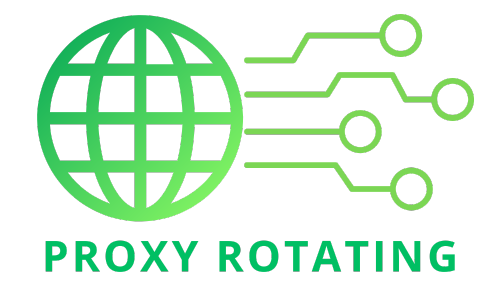Have you ever thought about how companies manage your personal information? The Data Privacy Framework is a set of rules designed to safeguard your privacy in today’s data-driven world. It dictates how businesses collect, use, and share your data, empowering you with control over your personal information. Dive deeper into the following article to understand the intricacies of the data privacy framework.
What is the data privacy framework?
The Data Privacy Framework (DPF) is a set of guidelines established to regulate how businesses handle personal data. It acts as a company rulebook, outlining how to collect, use, and disclose your information while protecting your privacy rights.
This framework is essential for international businesses, especially when transferring data between regions with strict privacy laws, like the European Union. By complying with the DPF, companies gain a reliable mechanism for these data transfers while guaranteeing data protection that aligns with those regulations.
Some of the most recognized data privacy frameworks include:
- General Data Protection Regulation (GDPR
- California Consumer Privacy Act (CCPA)
- California Privacy Rights Act (CPRA)
- Personal Information Protection and Electronic Documents Act (PIPEDA)
- ISO/IEC 27701
- …
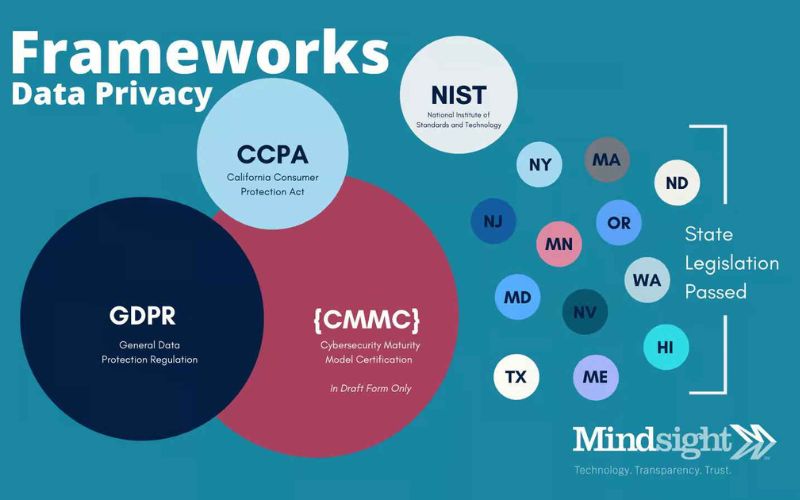
Purpose and Importance of the Data Privacy Framework
The Data Privacy Framework (DPF) is critical in safeguarding individual privacy and fostering trust in the digital landscape. Here’s a breakdown of its essential purposes and importance:
Protecting Individual Privacy: The DPF empowers individuals with control over their data. It outlines rights for individuals to:
- Access: You have the right to request and receive information about the data a company holds on you.
- Rectify: If any information is inaccurate or incomplete, you have the right to have it corrected.
- Erase: Under certain circumstances, you can request a company to delete your data.
Promoting Transparency: Companies must be clear and upfront about their data collection practices. This transparency lets you understand what data is being collected, how it’s used, and with whom it’s shared.
Enhancing Security: The DPF establishes security standards that organizations must adhere to. These standards protect your personal information from unauthorized access, disclosure, alteration, or destruction.
Facilitating Data Flows: In a world with globalized businesses, the DPF helps create consistency in data privacy regulations across different regions. This consistency allows for a smoother data flow between countries, facilitating international trade and communication.
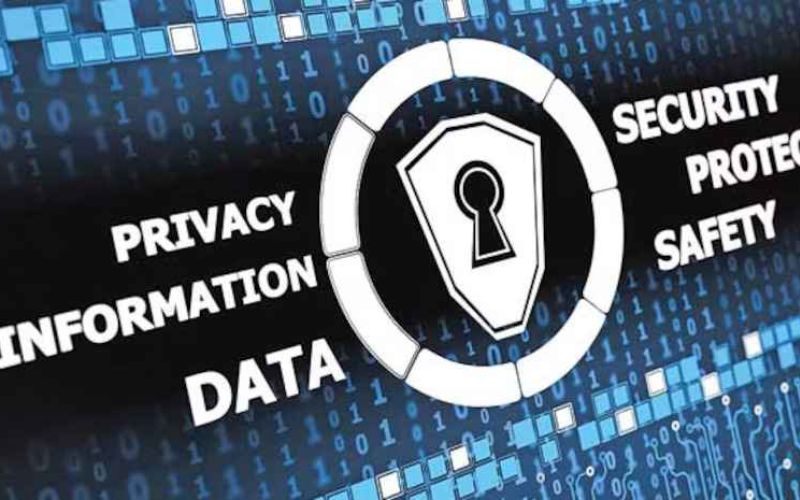
Five Core Principles of the Data Privacy Framework
The Data Privacy Framework outlines five core principles to empower and safeguard your information. Let’s delve into these principles:
Transparency and fairness in data collection and usage
This core principle emphasizes clear communication. Organizations must be upfront about what data they collect, why, and how they intend to use it. This transparency allows individuals to make informed choices about whether or not to interact with a company or service. Additionally, fairness dictates that data is collected and used for legitimate purposes, not in a discriminatory or deceptive manner.
Personal autonomy in data management
The DPF empowers individuals with ownership of their personal information. This grants individuals rights to access their data, understand how it’s used, and request corrections if any information is inaccurate. Furthermore, individuals can request that their data be deleted under certain circumstances. This principle ensures you have a say in how your information is handled.
Secure data handling and storage
Data security is paramount. The DPF requires organizations to implement suitable security measures to protect personal information. These safeguards prevent unauthorized access, disclosure, modification, or destruction of your data. By prioritizing security, the framework minimizes the risk of data breaches and protects your privacy.
Transparency in data use
Building on the principle of transparency in data collection, the DPF ensures continued clarity throughout the data lifecycle. Organizations must be transparent about who can access their data and for what purposes. This ongoing transparency informs you about your data’s journey within the organization.
Effective resolution of data privacy complaints
The DPF establishes mechanisms for individuals to address concerns regarding their data privacy. Organizations must have a clear and accessible process for handling complaints and inquiries about data practices. This ensures your voice is heard and any potential privacy violations are investigated and addressed effectively.

To whom does the Data Privacy Framework apply?
Data Privacy Frameworks apply to a broad range of entities that handle personal data, including:
- Organizations operating internationally: Applies to entities within and outside specific jurisdictions if they process data from individuals in those regions (e.g., GDPR affects EU and non-EU businesses dealing with EU residents).
- Businesses of all sizes: Most businesses, regardless of size, are subject to data privacy laws if they process personal information, with specific laws like CCPA setting thresholds for applicability.
- Sector-specific entities: Certain frameworks target particular sectors, such as healthcare (HIPAA in the US) or financial services, applying to entities within those sectors.
- Data processors and controllers: Entities that determine how personal data is processed (controllers) and those that process data on behalf of another entity (processors) have specific obligations.
- International organizations: Entities operating across borders must navigate and comply with multiple data privacy laws.
- Public and governmental Agencies are subject to data privacy regulations, sometimes under different or additional frameworks than the private sector.
- Non-profits: Non-profit organizations handling personal data must comply with relevant data privacy laws.
Understanding the Application of the Data Privacy Framework
Applying a Data Privacy Framework involves several streamlined steps to ensure compliance and protect personal data:
- Assess applicability: Determine if the framework applies based on your organization’s location, the data you process, and your role (controller or processor).
- Understand obligations: Familiarize yourself with the framework’s requirements, including data protection principles and individual rights.
- Implement protection measures: Adopt technical and organizational measures for data security, such as encryption and access controls.
- Manage third-party agreements: Ensure that data processing agreements (DPAs) are in place with third parties processing data on your behalf.
- Educate employees: Conduct regular training to promote a culture of data privacy within the organization.
- Maintain documentation: Keep detailed records of data processing activities, including purposes of processing and security measures.
- Facilitate individual rights: Establish processes for individuals to exercise their rights, such as accessing or deleting their data.
- Conduct regular audits: Perform audits to ensure ongoing compliance, especially after changes in operations or regulations.
- Prepare for breach notification: Have a plan for notifying authorities and affected individuals in case of a data breach.
- Handle cross-border transfers: If applicable, ensure that international data transfers comply with additional requirements for adequate protection.
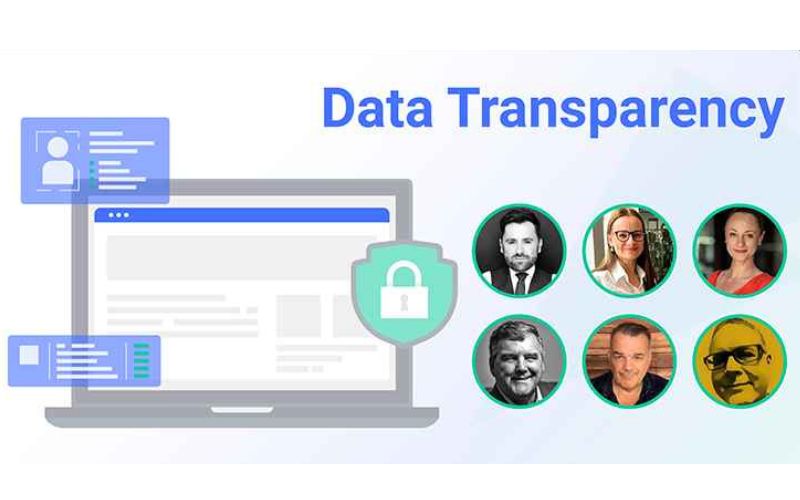
Advantages of Implementing a Data Privacy Framework
There are several benefits to adopting a Data Privacy Framework (DPF), both for organizations and individuals:
For Individuals:
- Enhanced privacy and control: DPFs empower individuals with control over their data. They establish rights for individuals to access, rectify, and erase their data, giving them a say in handling their information.
- Increased transparency: Organizations must be transparent about their data collection practices and personal information use. This transparency allows individuals to understand what data is being collected, how it’s used, and with whom it’s shared.
- More robust security: The DPF sets security standards that organizations must adhere to. These standards protect personal information from unauthorized access, disclosure, alteration, or destruction, minimizing the risk of data breaches.
For Organizations:
- Reduced legal risks: Complying with a DPF helps organizations avoid hefty fines and penalties associated with data privacy violations.
- Boosted customer trust: Demonstrating a commitment to data privacy through a DPF framework builds customer trust. This can enhance customer loyalty and increase brand reputation.
- Improved operational efficiency: Implementing a DPF framework often encourages organizations to streamline data processing activities and adopt standardized privacy practices, leading to operational efficiency gains.
- Facilitated data flows: For businesses operating internationally, DPFs can help create consistency in data privacy regulations across different regions. This consistency allows for a smoother data flow, facilitating international trade and communication.
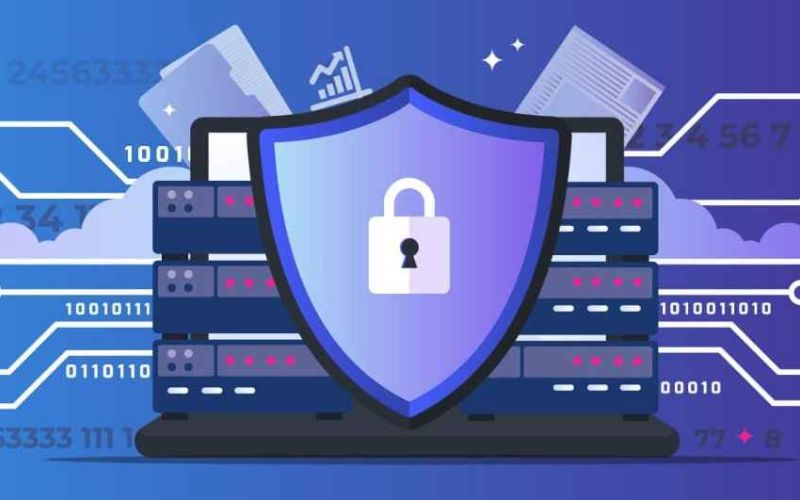
The Data Privacy Framework (DPF) is a cornerstone for safeguarding individual privacy in the digital age. These frameworks empower individuals with control over their personal information, promote data collection, and use transparency. By establishing clear guidelines for handling data, DPFs protect individuals’ privacy and foster trust with businesses. A strong DPF ultimately benefits individuals and organizations, creating a more secure and responsible data-driven environment. Visit the website https://proxyrotating.com/ to learn more valuable information.
>> See more:
Data privacy management software
Countries with data privacy laws
